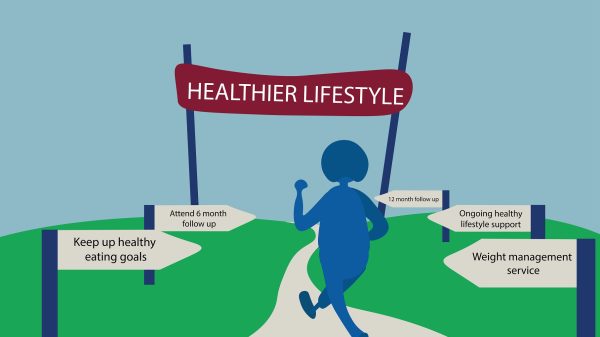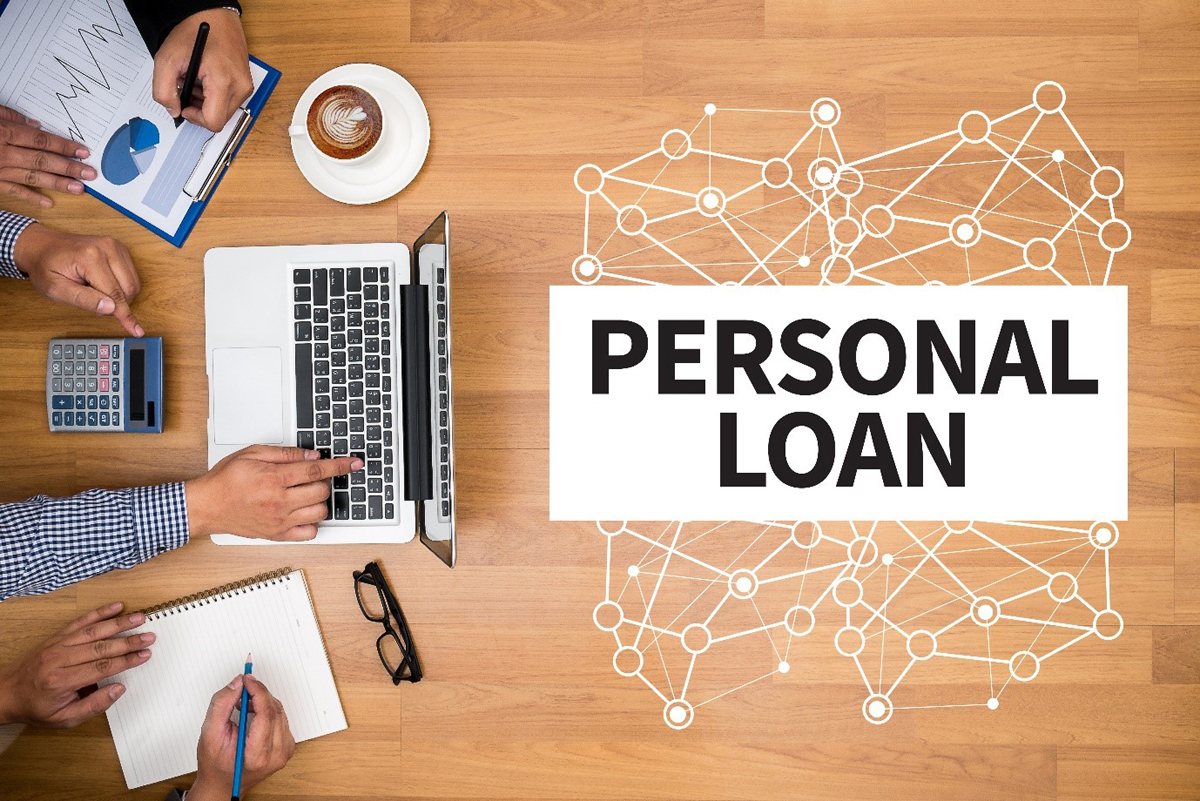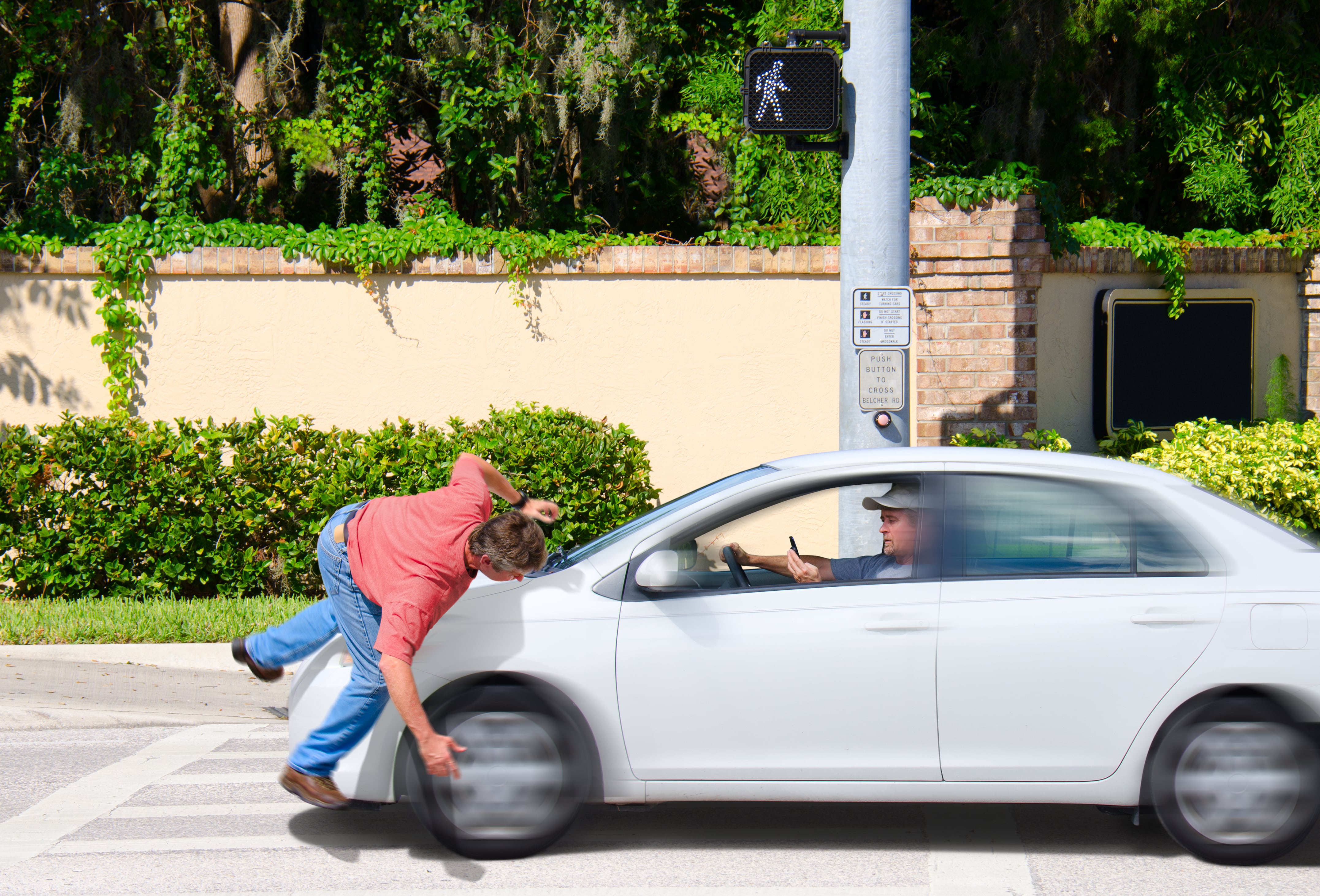The novel coronavirus (COVID-19) pandemic created a new normal that requires most people to adhere to stay-at-home, quarantine, and isolation orders as advised by the Centers for Disease Control and Prevention (CDC) and mandated by local, state, and federal leaders. Many people must work from home unless they’re health care workers or other essential workers.
People should stay inside, especially if they’re at a higher risk for contracting COVID-19 unless they’re going out for exercise or need to make a trip to the grocery store or utilize emergency services. When riding public transportation or going to grocery stores, retail stores, or any business that’s currently open, members of the general public must wear facial coverings and engage in social distancing—leaving a physical distance of six feet or more between yourself and others.
Many people still have fears, anxieties, and unanswered questions about the COVID-19 crisis and may struggle with adapting to the new normal. There may be concerns regarding health insurance, unemployment assistance, when specific public transportation, retail stores, restaurants, and other businesses and workplaces will reopen, and other economic effects of COVID-19.
Months after the United States went into lockdown, all 50 states are in the process of reopening. Following the safety tips listed below can help people stay safe and healthy as they return to work.
Keep your face covered.
Wearing a mask is especially vital for those at a higher risk of getting the virus as it spreads quickly and easily. Face coverings and masks are crucial to preventing the spread of COVID-19, as one person with COVID-19 or its antibodies can pass it along to others through coughs, sneezes, and saliva and respiratory droplets. Talking to coworkers who may seem healthy and lack COVID-19 symptoms or sharing a laugh with them without using a mask, for instance, can increase the likelihood of spreading germs.
The CDC, the World Health Organization, and other reputable agencies stress the importance of face coverings, inspiring many people to use household items like a scarf as a mask or an old t-shirt to make cloth face masks. Per the CDC, the use of cloth face coverings can slow the spread of the virus. While making cloth face masks out of household items is a good idea, a better option for a face covering to wear in the workplace is a professionally designed cloth mask.
Workers can protect themselves and help others by getting a facial covering from a high-quality apparel company like INTO THE AM, which donates medical masks to health care workers and frontline workers who need a cover with face mask purchases they receive. Reusable face masks from this brand can withstand multiple washes, allowing workers to enjoy clean, practical face coverings. Superior to homemade masks and those by other brands, these cloth face coverings consist of original designs, antimicrobial fabric, and water-based inks that act like face shields. Such cloth face masks enable workers to be healthy, safe, comfortable, and stylish on the job.
Make sure your hands are clean.
Personal hygiene is ever-important, but it’s especially crucial during this pandemic. In the workplace, just as at home, one should engage in regular handwashing. Washing your hands not only diminishes the spread of COVID-19, but it can also help prevent the spread of colds, flu, and respiratory syndromes. You should handwash before and after eating lunch or caring for a cut or wound, and after using work computers and other commonly used public items, shaking hands, using the restroom, and handling waste. Science supports the effectiveness of handwashing for 20 seconds or the time it takes singing ‘Happy Birthday’ twice. It’s best to use an alcohol-based sanitizer when you can’t access soap and water.
Maintain physical distance.
In addition to using cloth face coverings, keeping your hands and other objects to yourself can save you and your coworkers from spreading germs throughout the workplace. Working with the recommended minimum distance of six feet between oneself and another person can lessen the likelihood of contracting COVID-19.
Employees who feel sick should stay home; those who fall ill in the workplace or demonstrate COVID-19 symptoms should isolate themselves until they can leave. Being open and transparent about health in the workplace and following CDC guidelines can help everyone remain as safe as possible.








































































